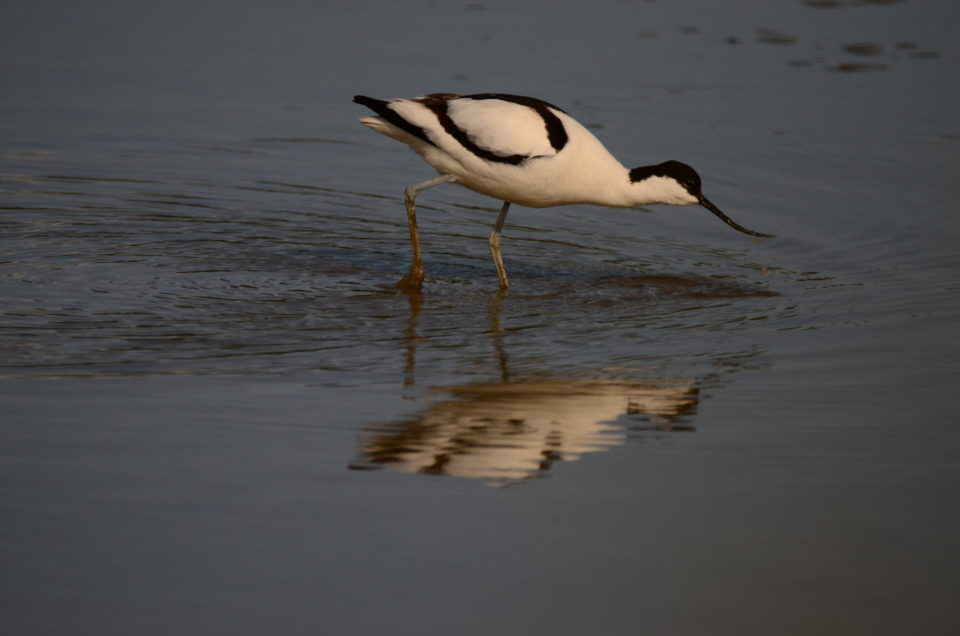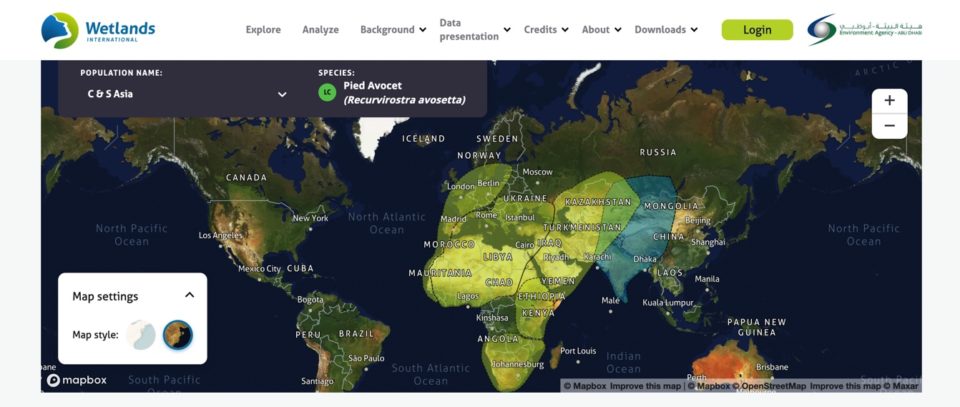
Migratory waterbird species decline ‘canary in the coal mine’
-
Species
Ede-Wageningen, NL, 13 May 2023 – Migratory waterbird populations in the African-Eurasian and East Asian – Australasian flyways show declines of 35% and 42% respectively, according to recent assessments.
These are the latest estimates from accumulated data by Wetlands International in The Waterbird Populations Portal. While more research is needed to verify the specific causes of the declines, much of it can be attributed to the loss of suitable habitats along the ‘flyways’ which migratory bird species use as resting and feeding stops during their long migrations. In many cases these habitats are lost due to the impacts of climate change and habitat destruction due to human activity.

Among those waterbirds showing the steepest decline are ibises and spoonbills, cormorants, stilts, sandpipers and curlews.
“Overall there’s a deficit of knowledge and data to fully understand the extent and causes of declines of different migratory bird populations, but loss and degradation of an increasing number of internationally and nationally important sites along their flyway are plain to see. If waterbirds don’t have pit-stops to rest and refuel on their long migrations because of man-made changes to the environment and climate change exacerbated droughts or floods, they risk not being able to complete their migrations to their nesting areas.”
Waterbirds are very much the ‘canary in the coal mine’ of climate change. While waterbird population declines are an indicator of flyway and habitat loss, which in turn is an indicator of climate change impacts, it also highlights the need for governments to do more to conserve and restore these disappearing ecosystems.
Taej Mundkur, Associate Expert, Wetlands International
Wetlands International is calling on countries to commit to targets globally for at least 50% of the estimated 7,000 critically important sites that have been identified for migratory waterbird along flyways to come under favourable management, and for a net gain of 10% in area of tidal flats, by 2030.

The interactive Waterbird Populations Portal (WPP) provides key information to support implementation of the Ramsar Convention on Wetlands, the Agreement on the Conservation of African-Eurasian Migratory Waterbirds, the East Asian-Australasian Flyway Partnership, the Western Hemisphere Shorebird Reserve Network and other international frameworks. The online database provides current and historic population size and trend estimates, and 1% thresholds and distribution maps for over 800 waterbird species and 2,300 biogeographic populations worldwide. The database makes it easy to obtain information on the current status of migratory and resident waterbird species, providing a comprehensive basis for management and decision-making.
The Waterbird Populations Portal launched in 2021, supported by Environment Agency – Abu Dhabi. The first version of the Waterbird Population Estimates Portal launched in 2012, was developed with financial support from Environment and Climate Change Canada and the Ramsar Convention Secretariat.
Notes to editors
For media inquiries, contact: [email protected]
Header Photograph: Thousands of lesser Pink migratory Flamingos standing in shallow water at wetlands of Navi Mumbai Picture by Mudassar, Adobe Stock
